Contents
🎧Echoes of My Day🎧 – 日記の音声
📝Daily Chronicles📝 – 日記の文章
When you fly over San Francisco Bay Area, you see colorful ponds that are bright red, orange, blue, or green. ✈️
(サンフランシスコ湾上空を飛ぶと、鮮やかな赤、オレンジ、青、緑のカラフルな池が見えます。)
I always wondered what they are. 💭
(私はずっと、それが何なのか気になっていました。)

Can you guess what they might be? 🤔
(それが何か、わかりますか?)
Eito and I went to check them out the other day! 🚗
(この前、エイトと一緒に確かめに行きました! )
We drove to San Jose and visited the hiking trails near the bay.
(サンノゼまで車で行き、湾の近くのハイキングコースを訪れました。)
As we approached the shoreline, we were able to see chunks of white crystals!
(海岸に近づくと、白い結晶のかたまりが見えました!)
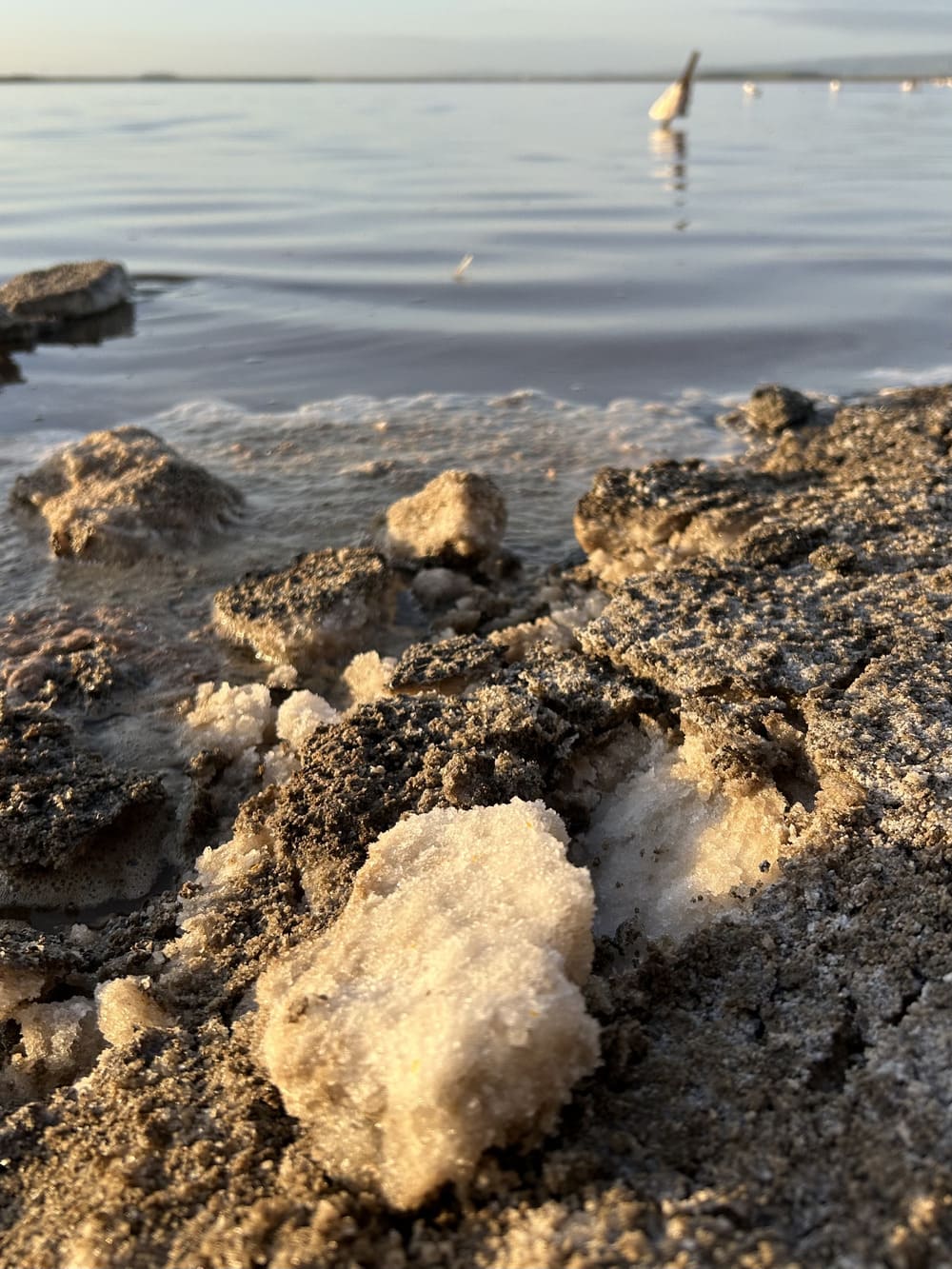
The reality of the colorful ponds was actually salt! 😲🧂
(実は、あのカラフルな池の正体は塩でした!)
Apparently, the salt from the Pacific Ocean collects here at the end of the bay due to currents and tidal patterns. 🌊
(どうやら、太平洋の塩が潮の流れによって湾の端に集まるようです。)
The bright, colorful waters we saw came from the salt-loving microbes in these ponds. 🦠🧪
(あの鮮やかな水の色は、塩を好む微生物によるものでした。)

I was tempted to try the salt, but it is probably best not to. 😆
(ちょっと味見したくなりましたが、やめておいた方がいいでしょう。)
I love visiting nature and learning more about how nature works. 🌿❤️
(私は自然を訪れて、その仕組みを学ぶのが大好きです。)
Have you ever seen salt ponds like this before?
(こんな塩の池を見たことがありますか?)
💬Phrase of the Day💬 – 今日のフレーズ
①「Can you guess~」(~が何か分かる?)
「Can you guess」を使った例文
✅ Can you guess what’s inside this box?
(この箱の中に何が入っているか分かる?)
✅ Can you guess where I took this picture?
(この写真をどこで撮ったか分かる?。)
✅ Can you guess why she looks so happy?
(彼女が今日すごく嬉しそうなのはなぜか分かる?)
②「Tempted to」(~したくなる)

「I was tempted to try the salt, but it is probably best not to. 」(ちょっと味見したくなりましたが、やめておいた方がいいでしょう。)
「tempted to」は、何かをしたい誘惑にかられているが、必ずしも実行するわけではない、というニュアンスを持ちます。
「tempted to」を使った例文
✅ I was tempted to eat another slice of cake, but I resisted
(もう一切れケーキを食べたくなったけど、我慢した。)
✅ She was tempted to buy the dress, even though she didn’t need it.
(彼女はそのドレスを買いたくなったけど、必要ではなかった。)
✅ I’m tempted to stay up late, but I should sleep early for tomorrow.
(つい夜更かししたくなるけど、明日のために早く寝るべきだ。)
③「It is best to/not to」(~するのが一番いい / ~しないほうがいい)

「I was tempted to try the salt, but it is probably best not to.」
(ちょっと味見したくなりましたが、やめておいた方がいいでしょう。)
「It is best to」や「It is best not to」は、アドバイスを伝えたり何かをおすすめする時に使えます。特に、相手に対して「これが一番良い選択だ」と強調したいときに使います。
「It is best to/not to」を使った例文
✅ It is best to exercise regularly to stay healthy.
(健康を維持するために、定期的に運動するのが一番いい。)
✅ It is best not to make important decisions when you are tired.
(疲れているときに重要な決断をしないほうがいい。)
✅ It is best to ask for help if you don’t understand something.
(分からないことがあれば、助けを求めるのが一番いい。)
📖Word Vault: Daily Picks📖 – 単語と表現
| 💧 Pond(池) | We saw a large pond in the park.(公園に大きな池を見ました。) |
| 🌊 Bay(湾) | The San Francisco Bay is known for its beautiful views.(サンフランシスコ湾は美しい景色で有名です。) |
| 🏖️ Shoreline(海岸線)) | We walked along the shoreline to get a closer look at the salt ponds.(私たちは塩池を近くで見るために海岸線を歩きました。) |
| 💎 Crystal(結晶) | The salt crystals sparkled in the sunlight near the water.(水辺の近くで塩の結晶が太陽の光で輝いていました。) |
| 🌊 Current(流れ) | The strong current in the bay carries the salt towards the shore.(湾の強い流れが塩を海岸へ運びます。) |
| 🦠 Microbe(微生物) | Salt-loving microbes thrive in colorful ponds.(色鮮やかな池には塩を好む微生物が繁殖しています。) |


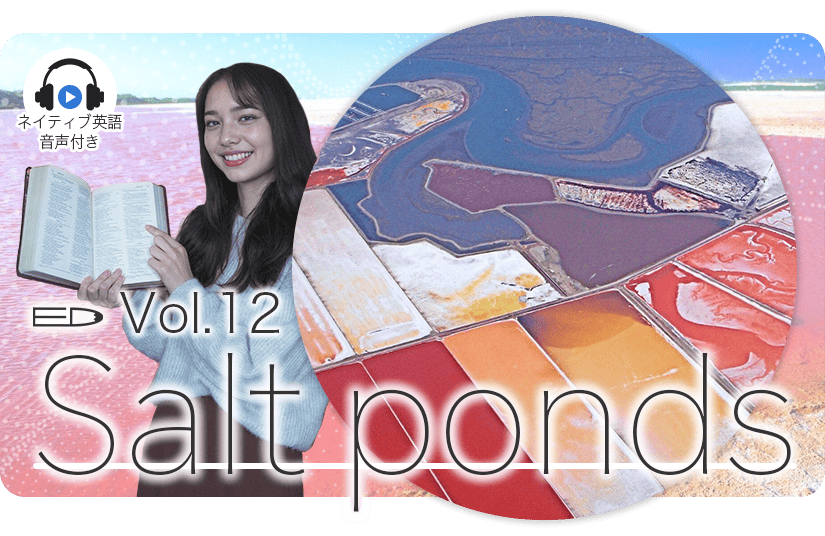




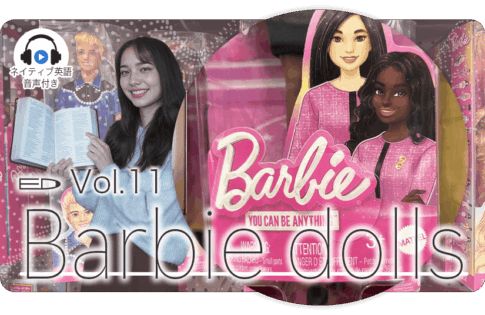

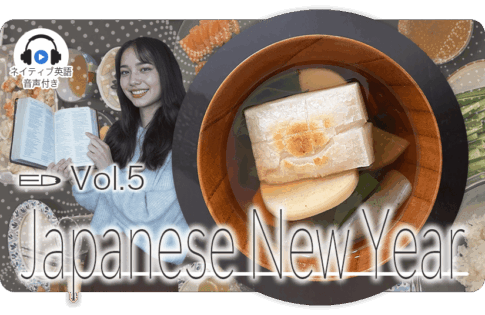
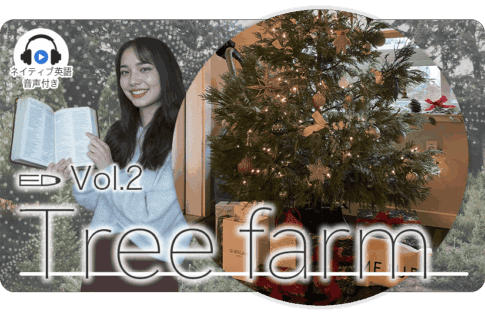
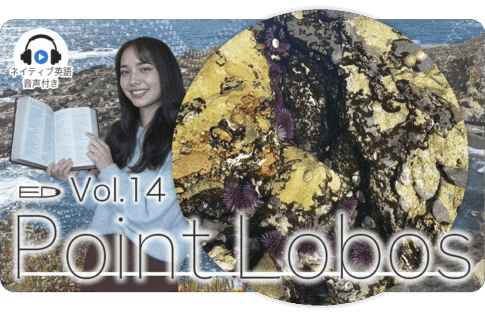

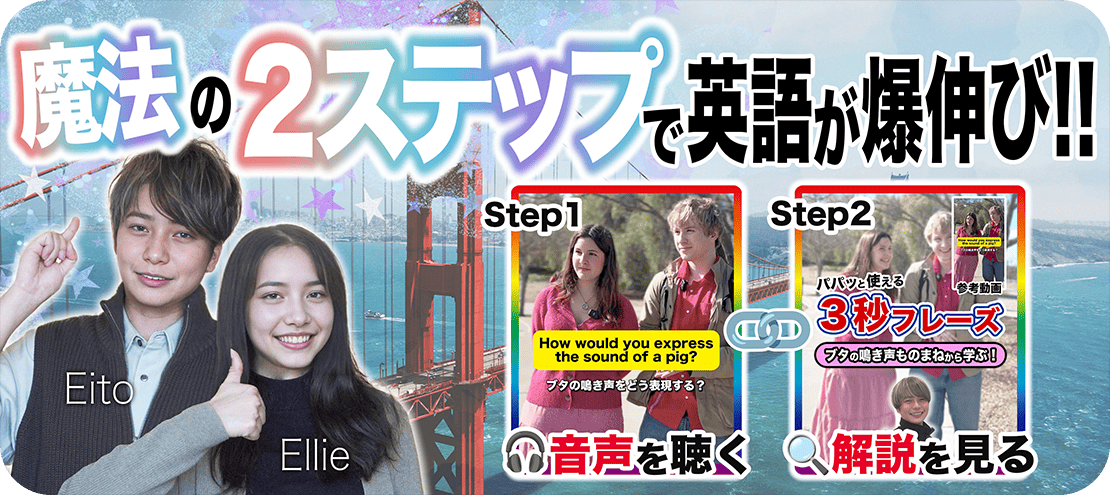
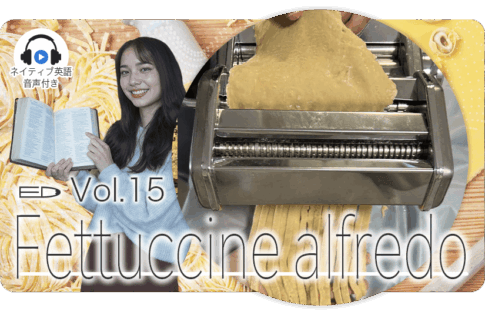
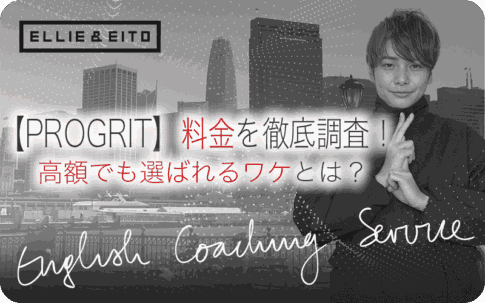
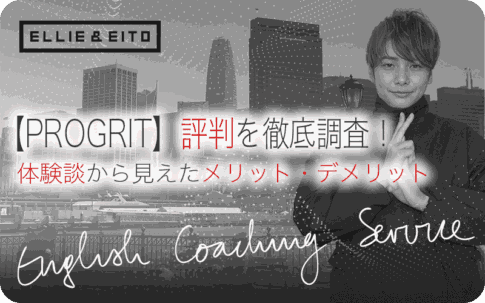
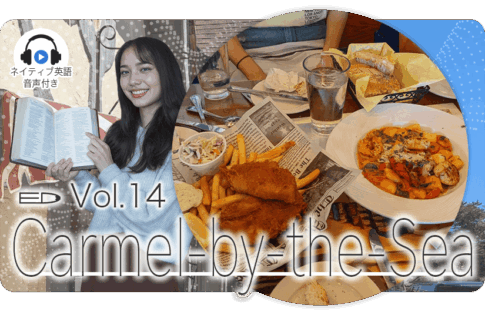
「Can you guess what they might be?」(それが何か、わかりますか?)